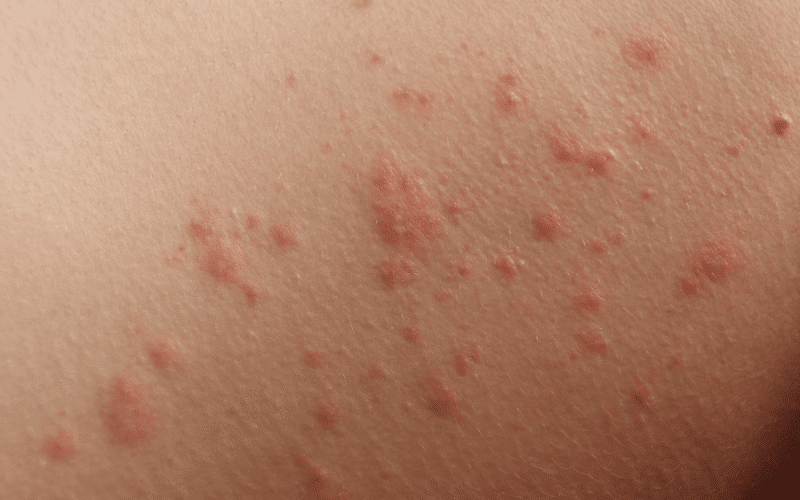Problem 9. Contact Dermatitis: A Reaction to External Irritants

Understanding Contact Dermatitis
Contact dermatitis is an inflammatory skin reaction that occurs when the skin comes into contact with an irritant or allergen. There are two main types of contact dermatitis: irritant contact dermatitis and allergic contact dermatitis. Irritant contact dermatitis is more common and is caused by direct exposure to substances that can damage the skin. Allergic contact dermatitis, on the other hand, is an immune system reaction to a substance that a person is allergic to.
Identifying Triggers and Symptoms
Common triggers for contact dermatitis include poison ivy, nickel, latex, and fragrances found in skincare products. Symptoms can include redness, itching, swelling, and blistering, and can vary in severity depending on the individual’s sensitivity and the type of contact dermatitis. It’s crucial to identify the cause of the reaction to prevent future occurrences and manage symptoms effectively.
Managing and Treating Contact Dermatitis
Once the trigger has been identified, the best course of action is to avoid contact with the offending substance. For mild to moderate cases of contact dermatitis, over-the-counter treatments such as hydrocortisone creams, antihistamines, and calamine lotion can help alleviate itching and inflammation. In more severe cases, a healthcare professional may prescribe stronger corticosteroid creams or ointments, oral corticosteroids, or immunosuppressant medications.
Preventing Contact Dermatitis
To prevent contact dermatitis, follow these tips:
1. Avoid known allergens and irritants in personal care products, such as fragrances, preservatives, and dyes.
2. Use hypoallergenic products specifically formulated for sensitive skin.
3. Wear gloves when handling harsh chemicals or cleaning products.
4. Practice good skincare habits, including regular cleansing and moisturizing, to maintain a healthy skin barrier.
By understanding the causes, symptoms, and treatment options for contact dermatitis, you can take steps to manage this common skin condition effectively. (9)